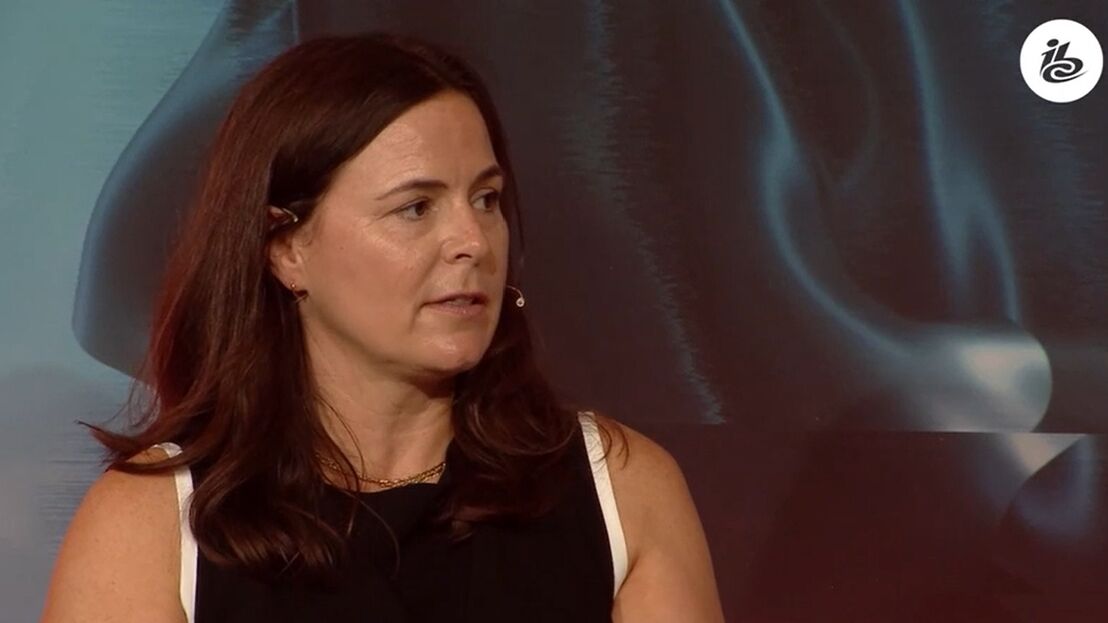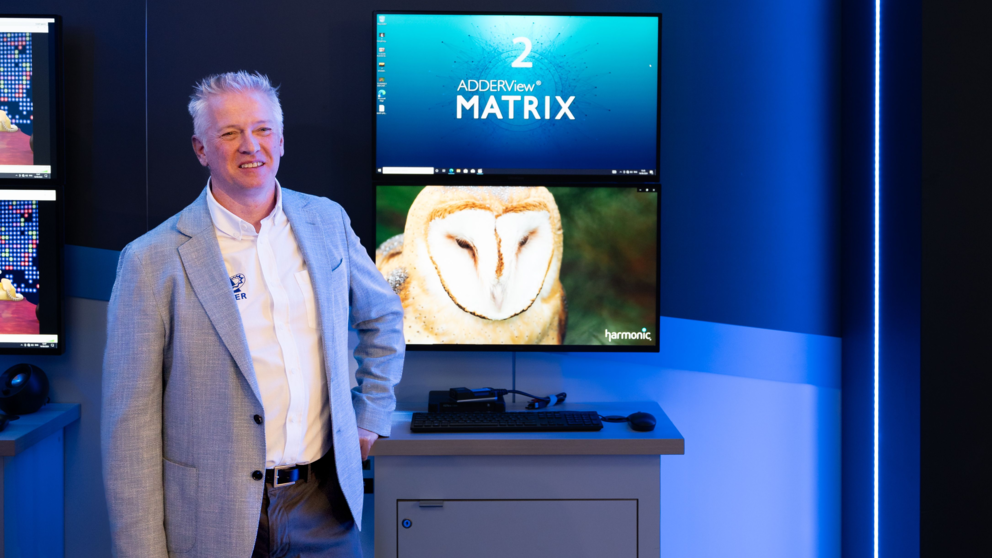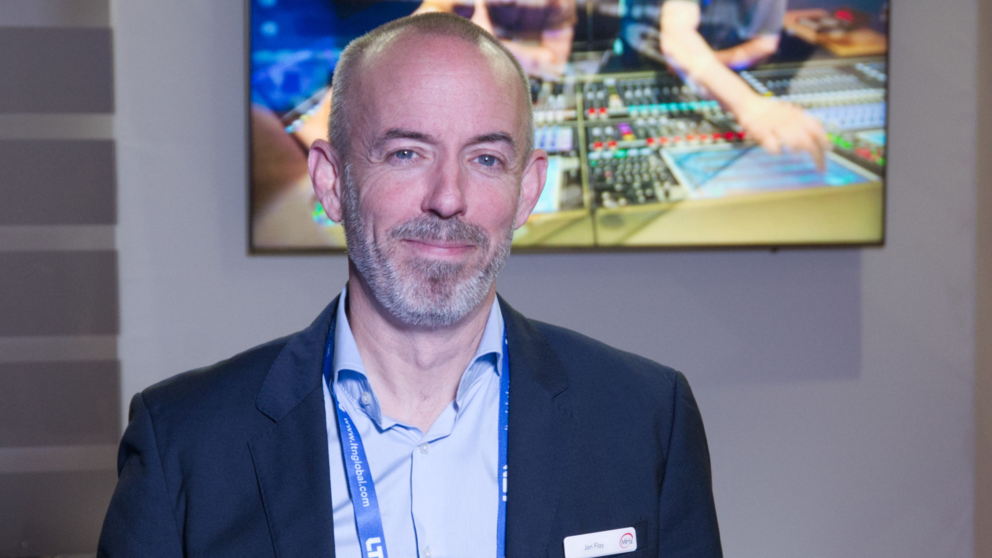The world of IP-based video is defined at present by a couple of major technologies. David Davies examines their primary points of difference and wonders ‘what’s next’ for media connectivity and transportation.
If you wanted to put a date-stamp on the birth of modern media networking technology, then you would need to be looking closely at the last four months of 2015. In September that year, the Network Device Interface (NDI) software specification developed by NewTek was publicly revealed and demonstrated at the IBC Show. A few months later, the TR-03 and TR-04 technical recommendations were published by the Video Services Forum; these would go on to provide important foundations to the SMPTE ST 2110 standards suite, the first four parts of which were published to no little fanfare in November 2017.
The concentration of ST 2110 on uncompressed video arguably does much to explain its initial rise to prominence. Large broadcasters and service providers were always going to be in the vanguard of companies with the resources to adopt IP media at an earlier stage and were inevitably going to require the highest possible (uncompressed) video quality...
You are not signed in
Only registered users can read the rest of this article.

CES 2026: “The ChatGPT moment for physical AI is nearly here”
Passive language-based text-to-video models are so last year. From the enterprise to the home to the creative suite, the future is multi-modal AI capable of massive three-dimensional world building and physical interaction.

Multi-camera live virtual production on a broadcast budget
German broadcaster SWR claims a world first live multi-camera virtual production with potential learnings for broadcasters everywhere.

M&E predictions and analysis: “It's going to be an exciting decade”
Four top media analysts reveal their data-backed assessments of 2025, as well as their predictions for 2026 and beyond.

IBC Accelerators in review: From ideas to prototypes to blueprints for the future
IBC2025’s Accelerator cohort delivered some of the most ambitious demonstrations yet, featuring AI-driven production workflows, a radical rethinking of ultra-low latency streaming, and even live private 5G networks flying in an ultralight aircraft. IBC365 hears from a handful of projects to learn about life after the show.

Particle advice: How real is the quantum apocalypse?
While Google forges ahead with unlocking the potential of its Willow quantum computing chip, cybersecurity experts warn that further breakthroughs in the field could catch a digital ecosystem built on crypto security off guard. Adrian Pennington reports.





